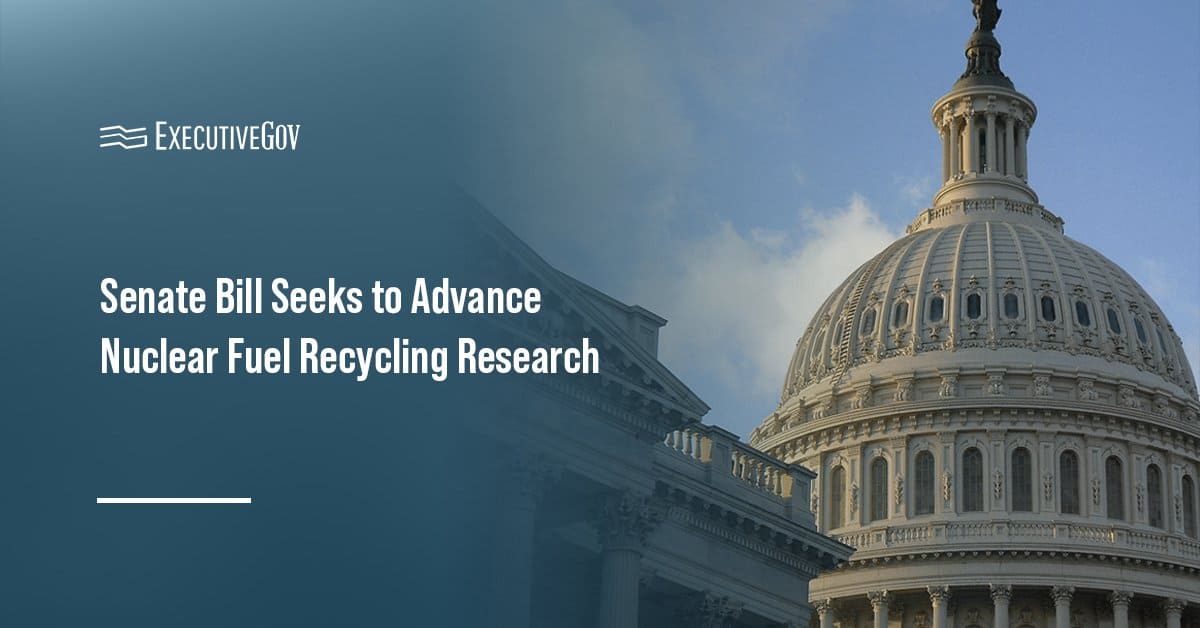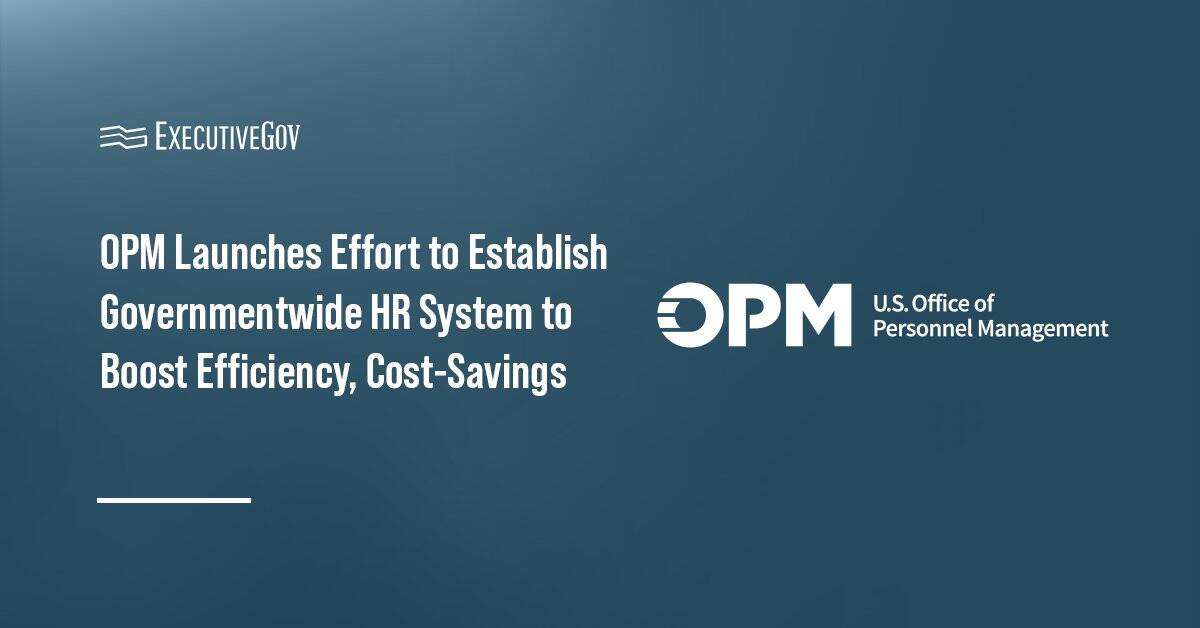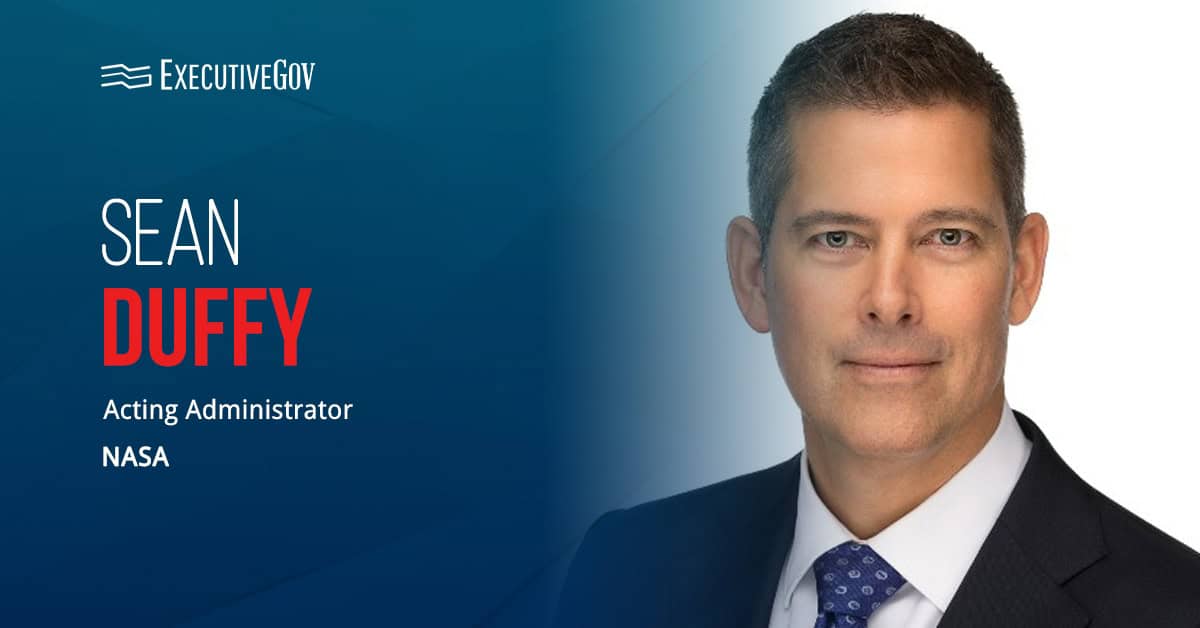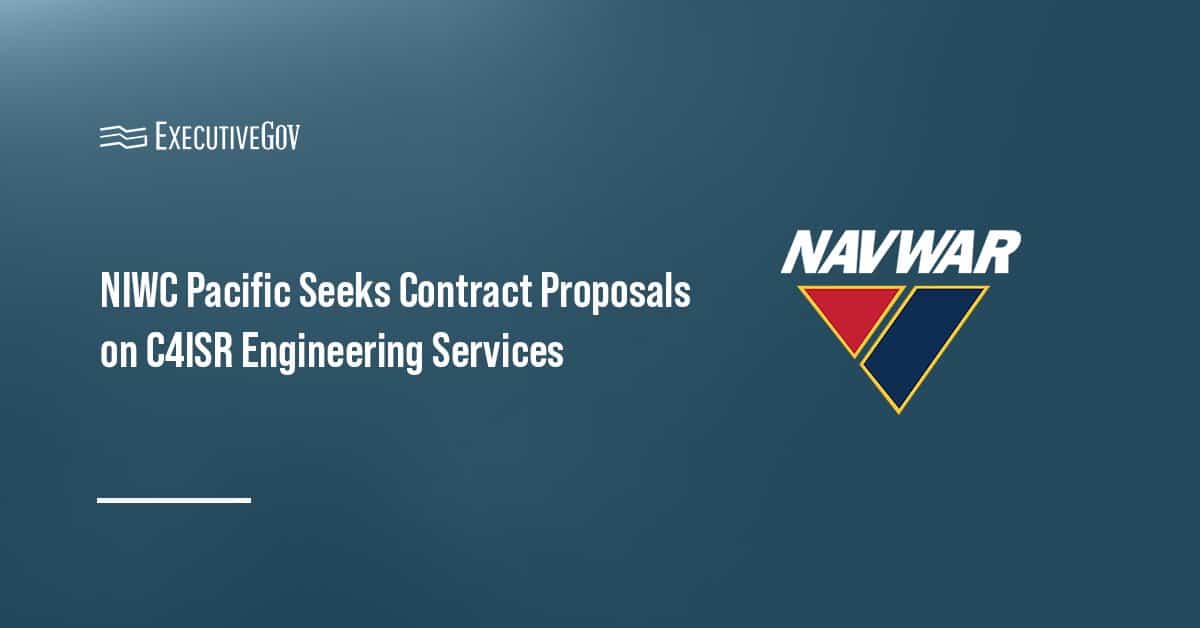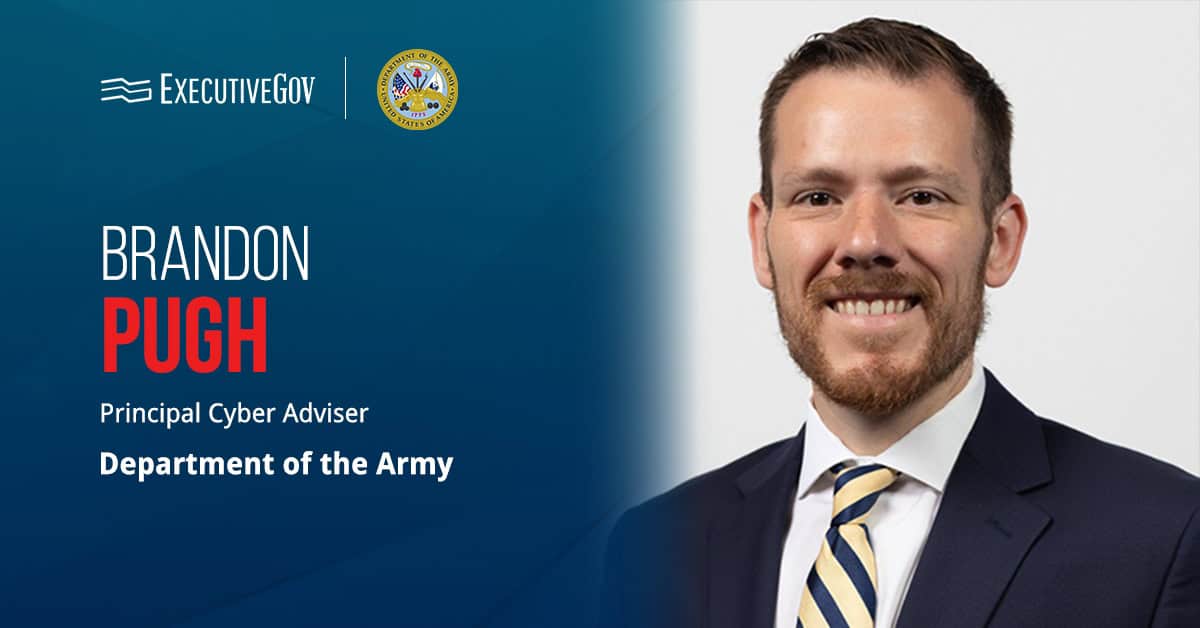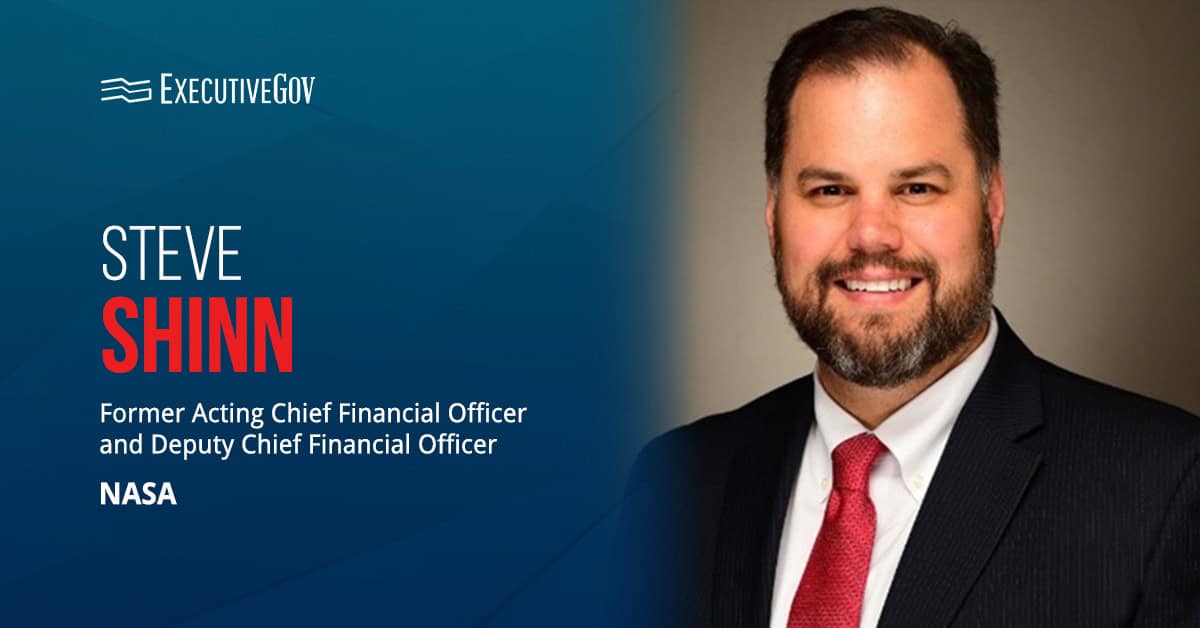The Department of Homeland Security has begun using funds from the One Big Beautiful Bill Act to pay Coast Guard and law enforcement personnel during the ongoing government shutdown, Roll Call reports. Homeland Security Secretary and 2025 Wash100 Award winner Kristi Noem said her department found an “innovative solution” that repurposes funding from the reconciliation package signed on July 4.
Sec. Noem is delivering an in-person keynote address at the 2025 Homeland Security Summit on Nov. 12. This essential all-day GovCon networking event will cover top DHS tech priorities like AI and cyber. Register now to learn how you can partner with CISA, ICE, CBP and more!
According to Roll Call, the $24.6 billion allocated to the U.S. Coast Guard—initially intended for cutters, aircraft and shore facility construction—has been temporarily redirected to ensure service members receive their paychecks. The department appears to be relying on existing transfer authority provisions that let DHS move up to five percent of funding across accounts, bolstered by the multi-year flexibility built into the One Big Beautiful Bill, which makes most funds available through fiscal 2029.
Table of Contents
How Is DHS Using Big Beautiful Bill Funds During the Shutdown?

Noem announced on X that Coast Guard paychecks scheduled for Oct. 15 would be delivered on time, despite the lapse in appropriations that began Oct. 1.
“Thanks to President Trump’s leadership and the One Big Beautiful Bill, the brave men and women of the U.S. Coast Guard will not miss a paycheck this week,” she wrote.
Federal News Network said that DHS expanded the workaround beyond the Coast Guard, ensuring pay for more than 70,000 federal law enforcement officials across Customs and Border Protection, Immigration and Customs Enforcement, the Secret Service and federal air marshals. Those employees, the outlet reported, will receive a “super check” by Oct. 22 covering back pay, overtime and their next full pay period.
A DHS spokesperson told Federal News Network that the One Big Beautiful Bill “will ensure these 70,000 employees will be having their pay covered during the Democrats’ government shutdown.”
Fiscal Context
In a parallel move to Noem’s decision, the Trump administration also directed the Defense Department to use $8 billion in unspent R&D funds to pay active-duty service members. President Donald Trump said on X that OMB’s plan was to “pay the troops, pay law enforcement, continue the RIFs, and wait.”
Unions expressed mixed reactions. NTEU President Doreen Greenwald told Federal News Network the payments were “welcome news” for CBP officers but did not cover other DHS employees, while AFGE representatives warned that continued uncertainty was harming morale and veterans’ mental health.
Roll Call also reported that the law’s text contains “fairly flexible instructions” on how certain DHS funds may be spent—language that could permit the department to apply appropriations for Coast Guard and law-enforcement salaries even without explicit new transfer authority.
What Does DHS Big Beautiful Bill Usage Mean for GovCons?
For government contractors, Noem’s efforts underscore the budget elasticity of the One Big Beautiful Bill. The same multi-year funding that allowed DHS to continue payroll could also support critical mission contracts in financial management, payroll systems and continuity-of-operations planning.
This reprogramming sets a precedent for how DHS might sustain essential operations during future funding gaps—creating potential demand for GovCons specializing in budget execution support, auditing and fiscal compliance consulting.
The One Big Beautiful Bill, Noem said, ensures that DHS “can defend America’s borders and missions without interruption.” For GovCons, that flexibility signals a funding environment where adaptability is as valuable as capacity.
Don’t miss your chance to hear from an all-star lineup of influential DHS decision-makers, including Sec. Noem and CISA Chief Information Officer Robert Costello, at the 2025 Homeland Security Summit on Nov. 12. Save your seat before they sell out!




